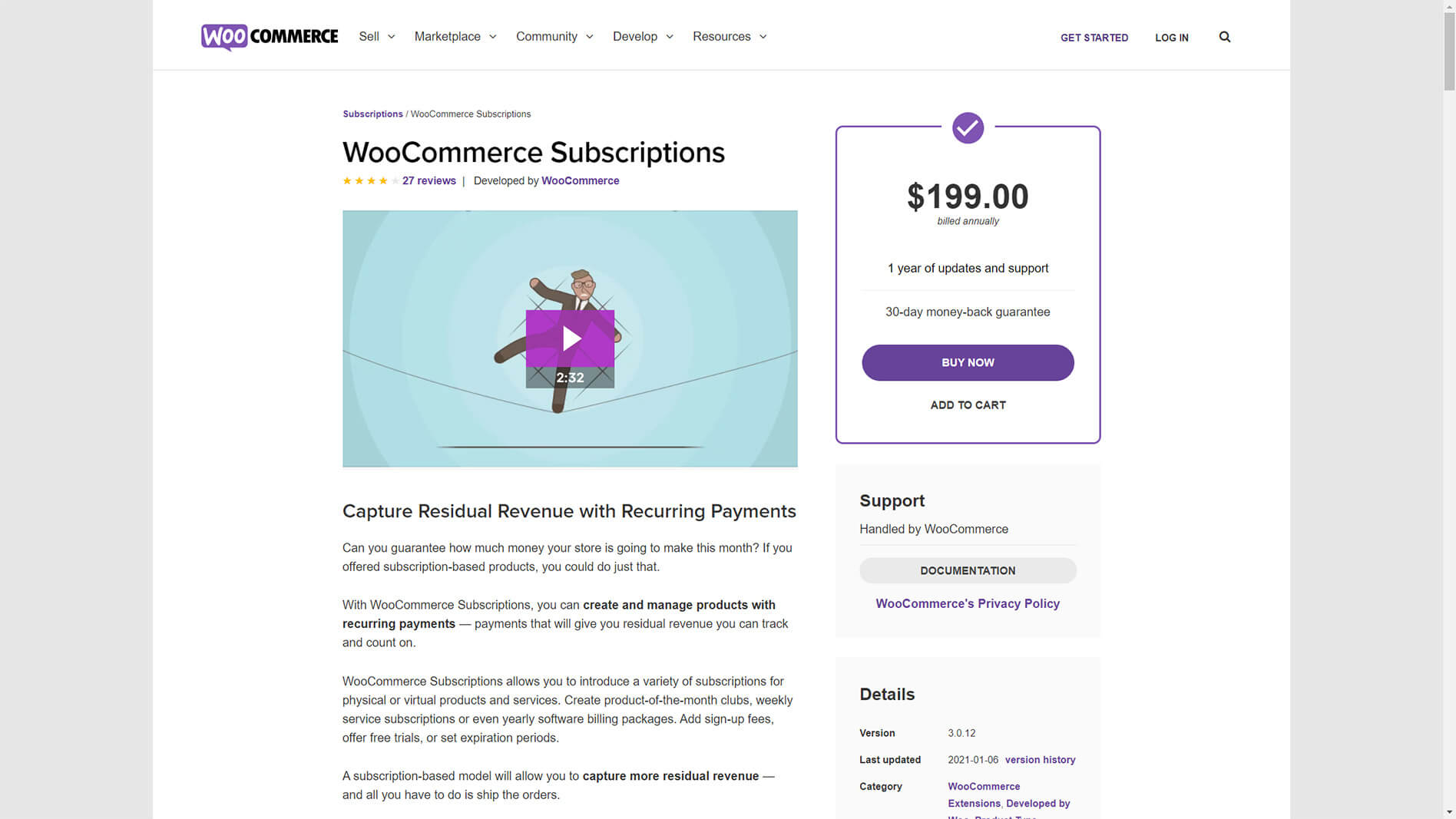

Data integrity and security are pressing issues for electronic commerce.Īside from traditional e-commerce, the terms m-Commerce ( mobile commerce) as well (around 2013) t-Commerce have also been used. On the institutional level, big corporations and financial institutions use the internet to exchange financial data to facilitate domestic and international business. The second category is based on the nature of the participant ( B2B, B2C, C2B and C2C). The first category is business based on types of goods sold (involves everything from ordering "digital" content for immediate online consumption, to ordering conventional goods and services, to "meta" services to facilitate other types of electronic commerce). There are five essential categories of E-commerce: Ĭontemporary electronic commerce can be classified into two categories.

E-commerce is supported by electronic business. There are three areas of e-commerce: online retailing, electronic markets, and online auctions. Typical e-commerce transactions include the purchase of products (such as books from Amazon) or services (such as music downloads in the form of digital distribution such as iTunes Store). Robert Jacobson, Principal Consultant to the California State Assembly's Utilities & Commerce Committee, in the title and text of California's Electronic Commerce Act, carried by the late Committee Chairwoman Gwen Moore (D-L.A.) and enacted in 1984.Į-commerce typically uses the web for at least a part of a transaction's life cycle although it may also use other technologies such as e-mail. The term was coined and first employed by Dr.


 0 kommentar(er)
0 kommentar(er)
